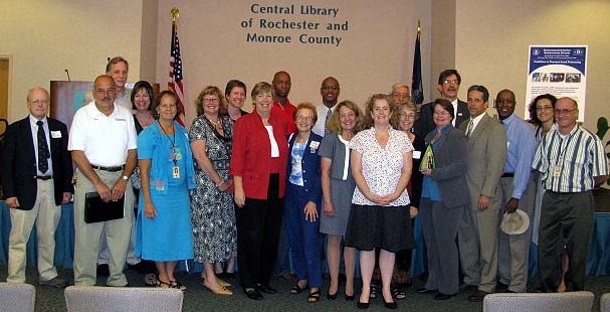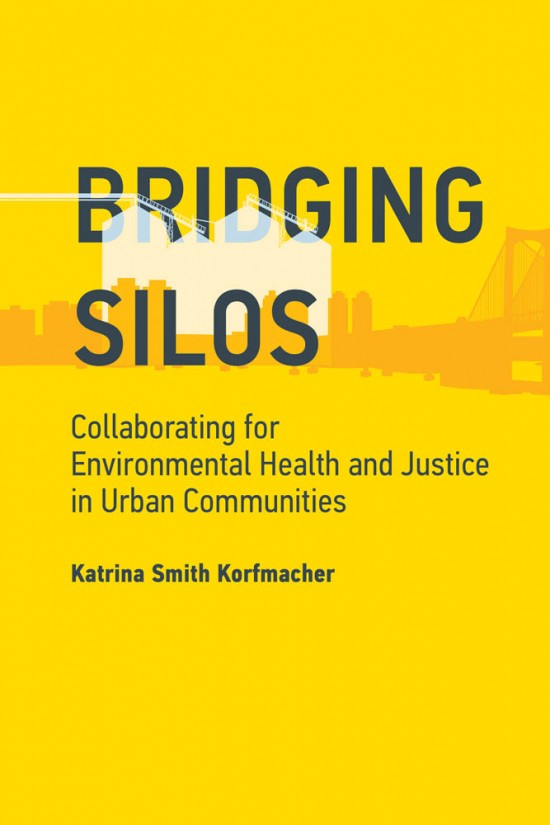The Choreography of Collaboration
by Katrina Smith Korfmacher, University of Rochester Medical Center
Let’s talk about collaboration.
Collaboration seems to be the “motherhood and apple pie” of public health. It’s such an inarguably good idea that everyone can get behind the notion. Collaboration overcomes conflict, solves intractable problems, and saves money – or so we expect. If collaboration is so great, why isn’t it happening everywhere? The reality is that there are many barriers to collaborating across issue areas, between communities, agencies, and researchers, and at different levels of governance. Recognizing some of these challenges can help potential partners start off on the right foot…and potentially avoid problems along the way.
Since childhood lead poisoning is a “health issue with a housing solution,” collaboration between health and housing is essential to making progress in solving this problem, particularly at the local level. And although the world of lead poisoning prevention is full of effective collaborations between health and housing, many communities struggle to form and sustain effective partnerships.
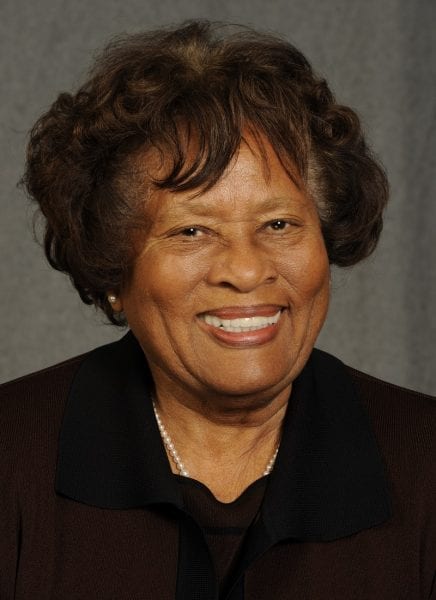
In one of her more frequently cited quotations, former Surgeon General Dr. Joycelyn Elders quipped, “Collaboration has been defined as ‘an unnatural act between non-consenting adults.’ We all say we want to collaborate, but what we really mean is that we want to continue doing things as we have always done them while others change to fit what we are doing” (Backer, 2003). That’s a pretty dismal view of the potential for collaboration, but it has a ring of truth.
Collaboration has become such a popular notion that people may fail to realistically consider their goals, barriers, and interests – as well as those of their potential partners. Most individuals face political constraints, conflicting incentives, competing priorities, and resource limitations. Given that, how can we initiate partnerships that are likely to be productive? One idea is to look closely at successful collaborations for lessons learned.
The Rochester Coalition to Prevent Lead Poisoning is one example of a productive community collaboration to promote healthy housing. First organized in response to former Rochester elementary school principal Ralph Spezio’s discovery that 41% of his incoming students had elevated blood lead levels, the Coalition includes community groups, healthcare providers, researchers, county health department staff, educators, public interest lawyers, city officials, and many others. These groups have worked together to raise public awareness, promote a new local law, and support its implementation over nearly 20 years.
Looking closely at the history of the Coalition gives a glimpse of the motivations, constraints, and impacts of some of the key partners in this effort. Who were they, how did they participate, and why?
- Public health sanitarian Paul Hunt attended an early Coalition meeting where a mother talked about her child being chelated that day. He later described his shock and frustration upon realizing that he had investigated that same house years before – when it had poisoned the child’s uncle. He became a longstanding key member of the Coalition’s housing and government relations committees.
- Bryan Hetherington, a public interest lawyer with a strong interest in special education, was persuaded by Ralph Spezio’s appeal and became a longstanding leader of the Coalition.
- An African American pastor whose child was poisoned in another state moved to Rochester and organized Black churches to preach against lead because it “takes away children’s God-given abilities.”
- Landlords who were turning over a property across the street from Ralph Spezio’s school donated use of the house to the Coalition for a few weekends to stage a “lead lab” where residents, students, contractors, community leaders, and city council members could witness lead hazard reduction efforts in action. The lead lab provided an opportunity for city, county, community, healthcare, and university partners to learn lessons about lead remediation together and build a common understanding that lead safety was not “rocket science.”
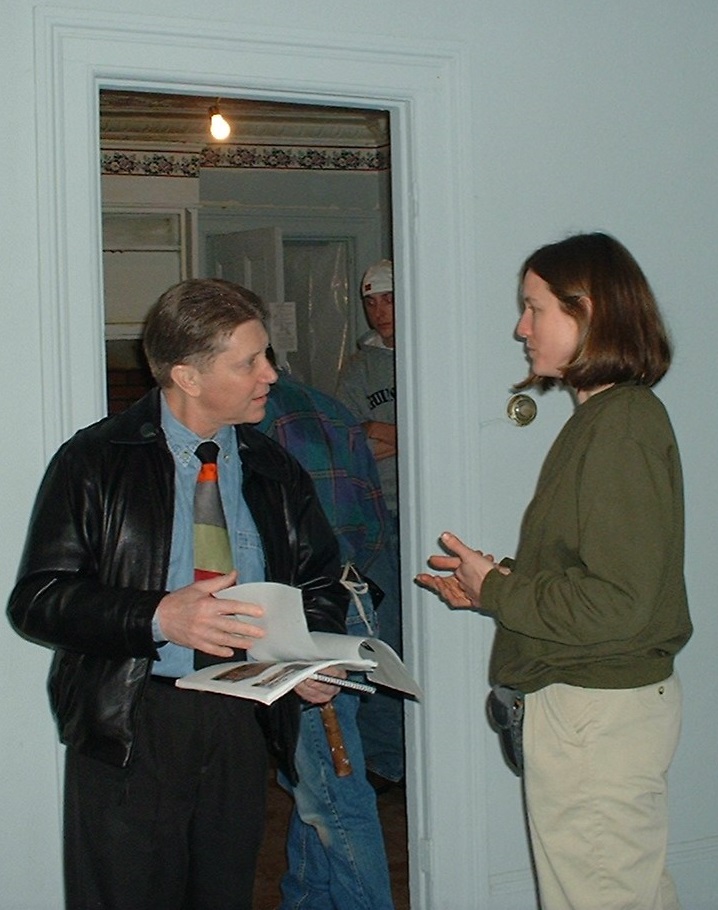
- City council member Tim Mains agreed to introduce the Coalition’s draft legislation because he was an elementary school principal and was personally affected by lead’s impact on children’s ability to learn. His emotional plea to fellow council members contributed to the final legislation’s unanimous passage.
- Dr. Richard Kennedy, a family physician based at the health clinic at Ralph Spezio’s school, gave a talk to city housing inspectors, telling them that they were as important to children’s health as doctors, because he couldn’t prevent lead poisoning but they could. Inspectors later reported this changed their view of their jobs and motivated them to cite lead hazards.
- Monroe County Department of Public Health director Dr. Andrew Doniger told the Coalition to “push” him on lead, because without external pressure, he couldn’t make internal changes.
- After hearing from Coalition leaders that lead was “winnable,” the United Way of Greater Rochester adopted lead as their 2004 policy campaign priority, lending credibility, leadership, and staff resources to the effort.
- Several landlords joined the Coalition early on to help shape the community response to lead. However, once the Coalition drafted a policy proposal, they left the organization and developed their own bill.
- Metro Justice, a long-standing community organizing group, joined in with efforts to rally residents in support of the final lead bill as part of their aim to promote social justice in the city, particularly with respect to education.
- Back in 2001, the city housing director initially opposed addressing lead for fears it would bankrupt the city. After the lead law passed, however, City of Rochester staff became key members of the Coalition’s government relations committee, participating in monthly discussions of implementation, enforcement, and evaluation of the lead law.
These examples paint a kaleidoscopic picture of interactions rather than a single, cohesive collaboration pursuing a common goal in lockstep. Each Coalition member had an individual motivation to participate, institutional support (permission, encouragement, and sometimes directives from higher-ups in their organization), and a belief that partnering could accomplish their goals in ways that working alone could not.
The Coalition was mindful of each member’s goals and constraints. For example, government staff made important contributions to committees but never played leadership roles about Coalition strategies, position statements, or advocacy. Similarly, the Coalition’s science committee allowed academics to contribute their expertise without entangling them in the advocacy efforts of the Coalition. Rather than trying to engage every partner in collective action, the Coalition facilitated a wide range of small projects, communication products, and partnerships among individuals that matched their diverse motivations, incentives, capacities, and constraints.
So, what does this mean for individuals hoping to foster collaborations? The rich social science literature on collaboration among community groups, government agencies, and researchers in the field of ecosystem management offers some insight. In Making Collaboration Work: Lessons from Innovation in Natural Resource Management, Julia Wondolleck and Steven Yaffee describe collaboration as “a kind of awkward dance that none of us knows the steps to.” Their book concludes with a “message to individuals” that translates well to public health in general and to healthy housing in particular. Here’s their advice, paraphrased:
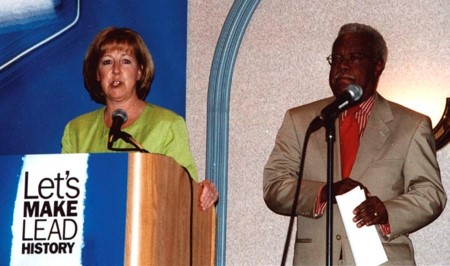
- Numerous opportunities exist: Build on the most immediate with small steps.
- There is no one “right way” to promote collaboration: Experiment, evaluate, and adapt.
- Collaboration does not always work: Don’t take it personally, and don’t lose sight of your own interests.
- Collaboration is not rocket science: Persistence, humility, honesty, sincerity, and listening carefully will get you a long way, but also…
- Collaborative skills can be learned: Training in communication, group process, and facilitation can improve effectiveness.
To extend their “awkward dance” analogy: Get to know your partner before you begin dancing, pick music you both like to listen to, start with some basic moves, and forgive your partner when they step on your toes – as you expect forgiveness when you step on theirs.
Although the Rochester Coalition to Prevent Lead Poisoning is widely hailed as a successful community effort, its collaboration has a complex history. There were many challenges, conflicts, setbacks, and mistakes along the way. It’s important to recognize that collaboration can be challenging and in fact is not always the most efficient, appropriate, or feasible approach. Telling the full story of collaborations – including the sidesteps, backsteps, and missteps along the way – may help future groups anticipate and avoid some of these challenges while setting realistic expectations so they don’t give up.
Katrina Smith Korfmacher, Ph.D, is Associate Professor of Environmental Medicine at the University of Rochester. Her recent book, Bridging Silos: Collaborating for Environmental Health and Justice in Urban Communities, explores the challenges, successes, and lessons learned about collaboration through three case studies (lead poisoning prevention in Rochester, New York; equity in the built environment in Duluth, Minnesota; and consideration of health in decisions related to the ports of Los Angeles and Long Beach). The book may be ordered or downloaded for free courtesy of MIT Press’ Open Access initiative. She loves contra dancing, a social folk dance where someone tells you what to do and makes you dance with every single person in the room.
Related
Korfmacher, K. S., Ayoob, M., & Morley, R. (2012, February). Rochester’s Lead Law: Evaluation of a Local Environmental Health Policy Innovation. Environmental Health Perspectives, 120(2), 309-315. Retrieved from https://www.ncbi.nlm.nih.gov/pmc/articles/PMC3279433/pdf/ehp.1103606.pdf
Korfmacher, K.S. (2019, October 25). Building Bridges, Bridging Silos: Collaborating for Success Against Lead in Rochester. National Center for Healthy Housing.

